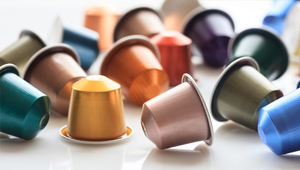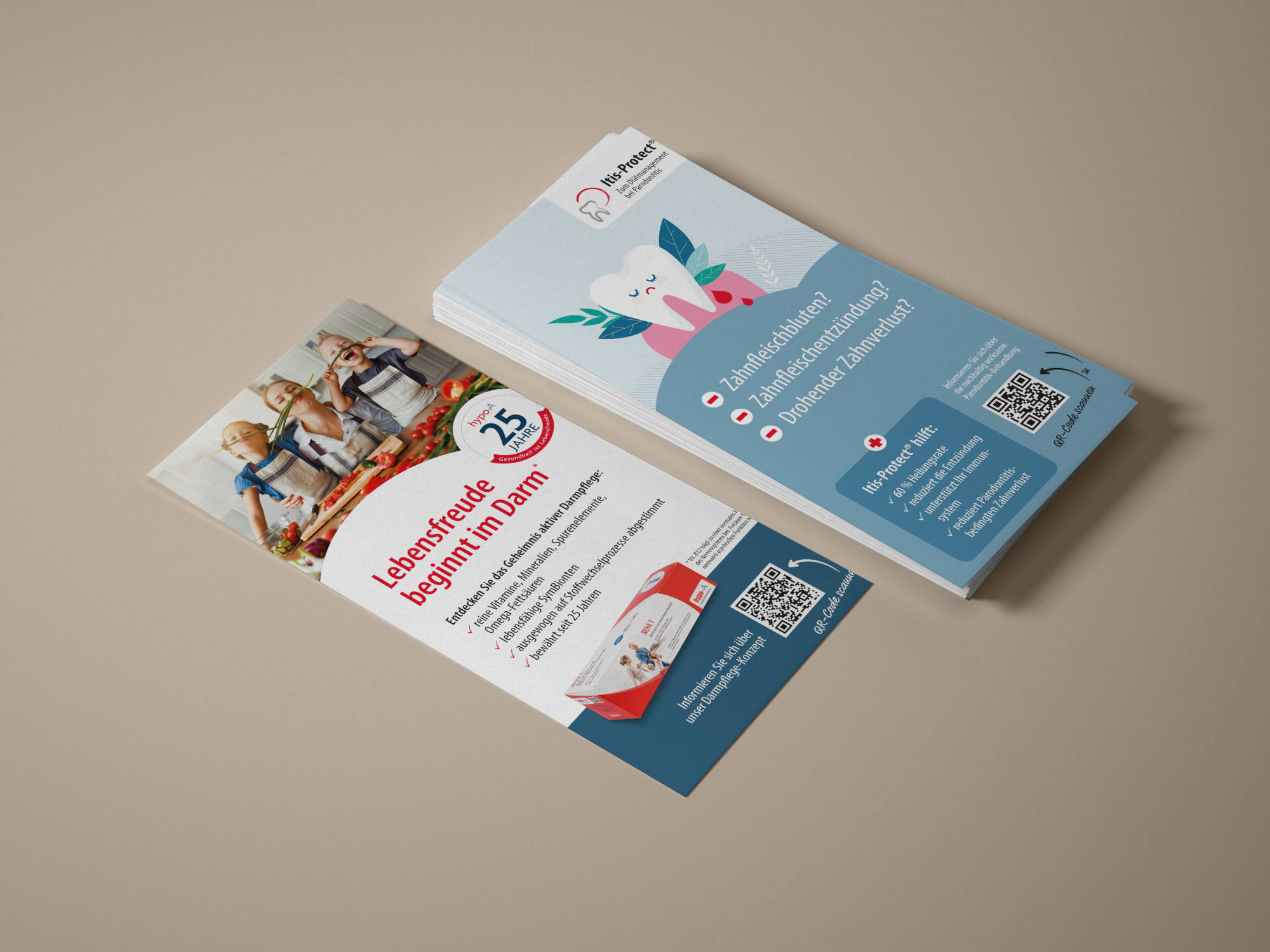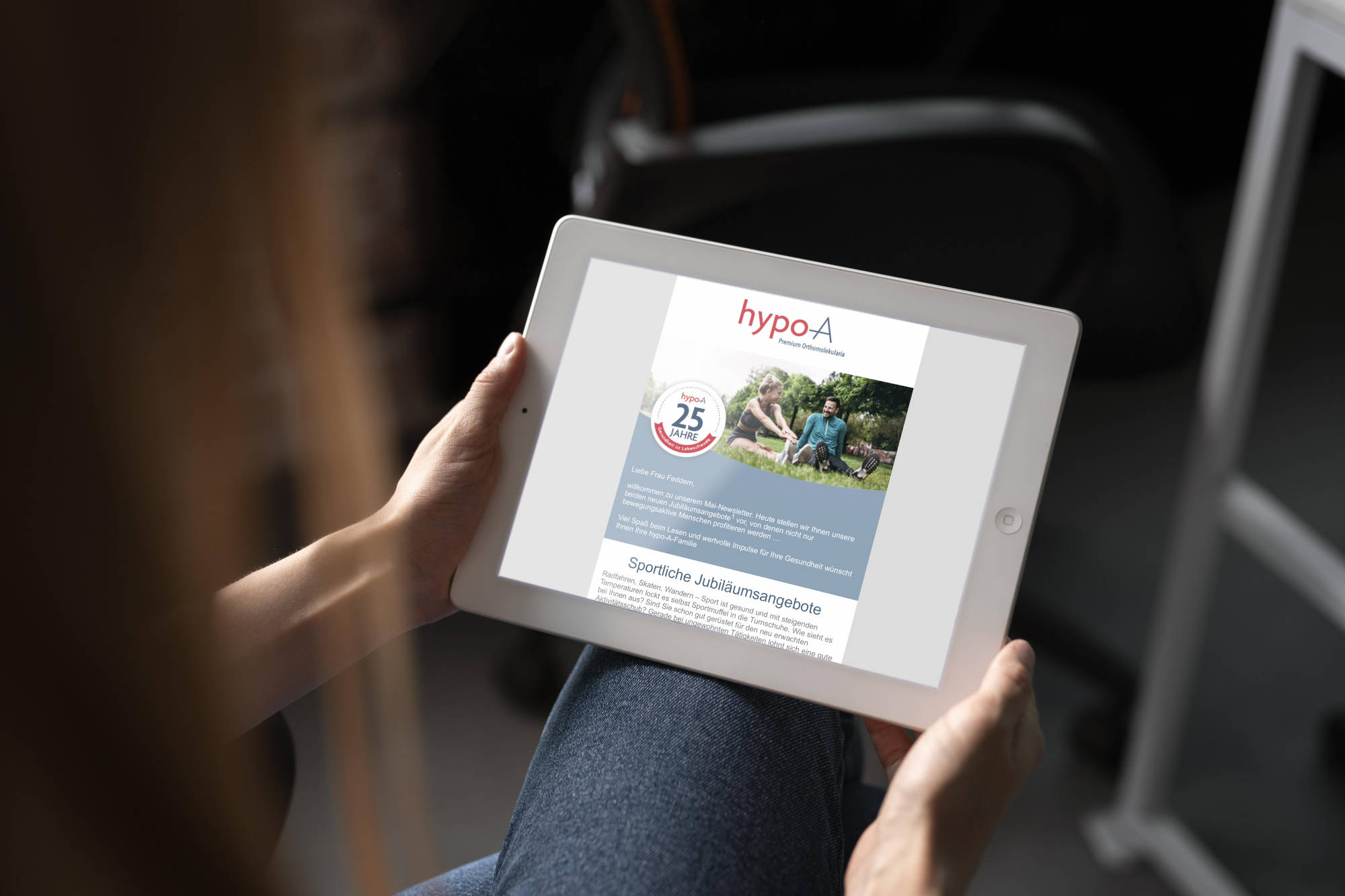15/09/2023
Aluminium - practical but unhealthy

Whether as packaging (tubes, drinks cans, Tetra Paks, coffee capsules, yoghurt lids ...), disposable barbecues or aluminium foil for packaging and keeping warm:
Aluminium is popular and widely used.
Practical? Absolutely! - But healthy?
How dangerous is aluminium?
The harmful effects of aluminium are no longer a secret. In 2014, the Federal Institute for Risk Assessment (BfR) announced: "It has been scientifically proven that high doses of aluminium have neurotoxic effects in humans and embryotoxic effects in animal studies." (1)
Aluminium can
- damage the nervous system
- Reduce fertility
- Damage to embryos
- possibly increase the risk of breast cancer (deodorants) and
- Bone damage (osteoporosis).
Aluminium is also associated with depression and autoimmune diseases. The toxic effects of aluminium can be intensified when it occurs together with other toxins. For example, aluminium in combination with mercury can further increase the risk of dementia and Alzheimer's disease. (2)
Excessive aluminium intake - a real problem
The tolerable weekly intake (TWI) for aluminium has been set by the European Food Safety Authority (EFSA) at 1 mg aluminium per kg body weight (3). According to the authority, this is an amount that is already being exhausted by some of the population through food alone.
The EFSA refers to study results in which adults consumed an average of between 0.2 and 1.5 mg per kg of body weight per week. In children and adolescents, values of up to 2.3 mg per kg of body weight per week were even achieved!
There are a number of people who already exceed the tolerable aluminium intake through their diet alone. This applies in particular to children and adolescents.
And: The tolerable weekly intake can be significantly exceeded in all age groups! (3)
This makes it all the more important to avoid aluminium as much as possible and reduce exposure. This applies not only to aluminium foil and packaging, storage and cooking utensils, but also to aluminium additives in cosmetics, food and medicines.
Aluminium in food
We absorb most aluminium from food. Some of them contain aluminium naturally, others have it added or absorb it during preparation or storage from aluminium foil, aluminium dishes, etc.
The foods with which we absorb a lot of aluminium include above all
- Cereals and cereal products such as bread, cakes, pastries
- Vegetables such as mushrooms, spinach, radish, lettuce
- Drinks such as tea and cocoa
- certain types of infant formula. (4)
Aluminium in the kitchen - practical but unhealthy
In 2017, the BfR drew attention to the risks posed by uncoated aluminium trays, which are often used in daycare centres, schools, businesses, retirement homes, hospitals, etc. Under the usual conditions (hot filling, rapid cooling, cold storage, reheating and keeping warm), a lot of aluminium ions are released from the meal trays into foods such as sauerkraut, diluted apple sauce or strained tomatoes - and then consumed. Keeping food warm for two hours seems to have a particularly serious effect. This is a real problem, especially as it often affects particularly sensitive groups such as children and the elderly. (5)
How much aluminium gets into the food depends heavily on how it is prepared. Under no circumstances should you come into contact with aluminium
- Acids - i.e. fruit juices, fruit, fruit compote, tomato sauce, rhubarb, pickled cucumbers, pickled herring, vinegary salad dressings and marinades
- Bases - e.g. when baking pretzel pastries on aluminium trays
- Salty foods - e.g. salmon, ham, soups
If, for example, fish is cooked with lemon and salt in aluminium foil, the acid and salt ensure that a lot of aluminium gets into the fish. If you take a critical look at the aluminium foil after such a preparation, you will find surface changes on the foil in the contact area, including holes - the material of which you have consumed.
It is far less well known that caffeic acid accelerates the release of aluminium from coffee capsules - although coffee capsules made from aluminium are critical in terms of the environment anyway.
Problems caused by aluminium bases are known from pretzels, which are particularly popular with children. As early as 2002, the BfR warned of excessive aluminium levels in pretzel pastries. To give the pastries their shiny brownish crust and characteristic flavour, the dough pieces are treated with caustic soda. One method is to immerse the dough pieces in caustic soda on (beautifully light) aluminium trays. However, this dissolves aluminium from the trays, so that the lye that is later applied to the dough pieces is enriched with the dangerous metal. (6)
Aluminium-containing additives in food and medicines
The food industry uses a whole range of aluminium-containing compounds to facilitate production or make the end product appear more attractive: (7)
| E no. | Compound | Use |
|---|---|---|
| E 173 | Aluminium | Foodcolouring; Surfaces of sugar-coated tablets, sweets etc. |
| E 520 E 521 E 522 E 523 | Aluminium sulphate Aluminium sodium sulphate Aluminium potassium sulphate Aluminium ammonium sulphate | Setting agent, stabiliser; Egg white, glazed, candied and crystallised fruit and vegetables |
| E 541 | Acid sodium aluminium phosphate (SALP) | Baking agent (baking powder), sponge biscuits, scones |
| E 554 | Sodium aluminium silicate | Filler, carrier, release agent |
| E 555 | Potassium aluminium silicate | Filler, carrier, release agent; Powdered dry foods, sliced or grated cheese, seasonings, food supplements, table salt |
| E 556 | Calcium aluminium silicate | Filler, carrier, anti-caking agent |
| E 559 | Aluminium silicate | Filler, carrier, anti-caking agent, anti-caking agent in common salt |
| E 1452 | Starch aluminium octenyl succinate (SAOS) | Releasing agent in encapsulated vitamin preparations in food supplements |
| Aluminium oxide | Gum for chewing gum, bulking agent |
Aluminium sulphate can also be used as a flocculant to remove dissolved substances and turbidity in drinking water treatment. With regard to the total supply of aluminium, however, drinking water does not normally play a major role.
Many medicines also contain aluminium compounds, such as:
- Gastric acid inhibitors containing aluminium (antacids)
- Vaccines and preparations for desensitisation with aluminium hydroxide as an enhancer
- Preparations with aluminium salts as a colourant
Aluminium in cosmetics
Aluminium salts have long been used in antiperspirants due to their antiperspirant effect. After the BfR pointed out in 2014 that aluminium from cosmetics is also absorbed through the skin and can accumulate in the body, some people prefer to use aluminium-free deodorants. (1)
Environmental problems with aluminium extraction
Aluminium must also be viewed very critically from an environmental perspective. The extraction of aluminium from bauxite ore produces toxic red mud that is not processed further. This amounts to up to 4 tonnes per tonne of aluminium, which is at best dumped and at worst discharged into rivers and lakes.
In addition, the extraction of aluminium by electrolysis is extremely energy-intensive.
Our tips
There are therefore many good reasons to avoid aluminium! There are plenty of good alternatives:
- Storage and transport: Stainless steel or glass containers are a good alternative to aluminium. There are now also reusable foils such as Bee's Wrap. These are tea towels soaked in beeswax and jojoba oil, for example, which can be used to wrap bread etc. in a flexible way. If necessary, such cloths can also be easily washed by hand.
- Coffee & Co: In addition to the good old coffee machine, stainless steel espresso makers and French presses, there are alternatives for fans of portioned coffee in refillable stainless steel capsules, compostable capsules or compostable coffee pods.
- Dairy products: Returnable jars protect the environment and your health.
- Jar instead of tubes: Many products such as mustard and tomato paste are not only available in aluminium or plastic tubes, but also in glass.
- Grill trays made of stainless steel are a much better choice than disposable or reusable aluminium grill trays.
- Stainless steel pots: When it comes to pots and pans, you should avoid not only aluminium but also Teflon coatings. Alternatives are available in stainless steel or cast iron (pans). Enamelled pots and pans without a coating, where the enamel is baked on like glass, are also recommended. Deo & Co. without aluminium: Many manufacturers now offer deodorants without aluminium compounds. It's also worth taking a look at the small print of sunscreen, lipstick and toothpaste.Preparations without additives containing aluminium: Whether it's medication or a dietary supplement, the best are of course those without any additives, such as those offered by hypo-A. In addition to coated tablets and tablets containing a lot of chemicals, some pharmaceutical manufacturers also offer aqueous-alcoholic drops, which may be preferable if required.
Literature
(1) Antiperspirants containing aluminium contribute to the absorption of aluminium. Statement No. 007/2014 of the BfR of 26 February 2014
(2) Mutter, Joachim: Healthy instead of chronically ill. Fit fürs Leben Verlag, 2009
(3) Reducing aluminium intake can minimise potential health risks. Statement of the BfR of 18 November 2019. Based on Tietz, T., et al. Arch Toxicol, 2019, doi.org/10.1007/s00204-019-02599-z
(4) EFSA advice on the safety of aluminium in food
(5) Uncoated aluminium food trays: Initial research results show high release of aluminium ions. Statement No. 007/2017 of the BfR of 29 May 2017
(6) Elevated levels of aluminium in lye biscuits. Statement of the BfR of 25 November 2002
(7) Bundesanstalt für Landwirtschaft und Ernährung (BLE), AID: Additives according to their E-numbers. As of January 2015






























